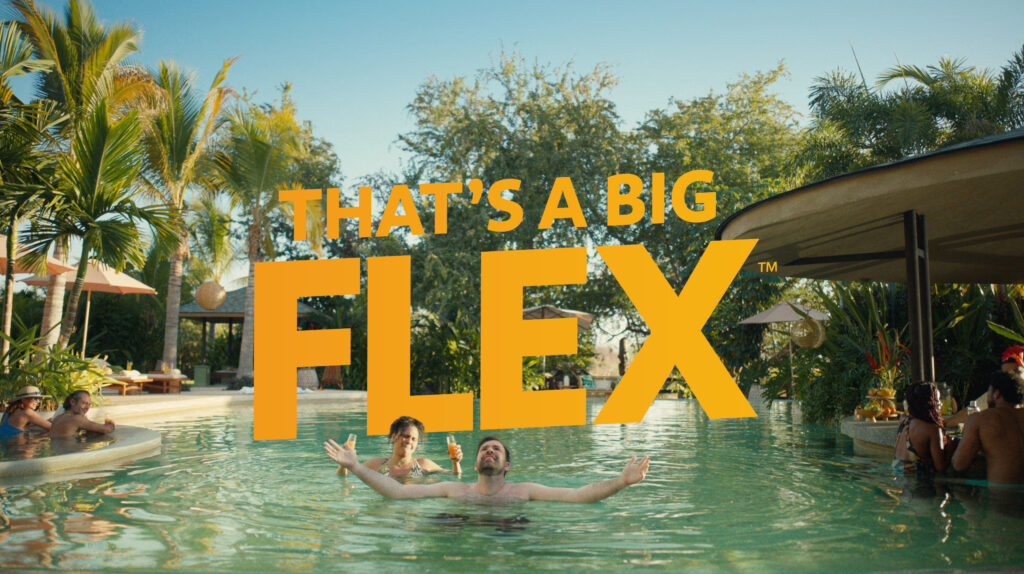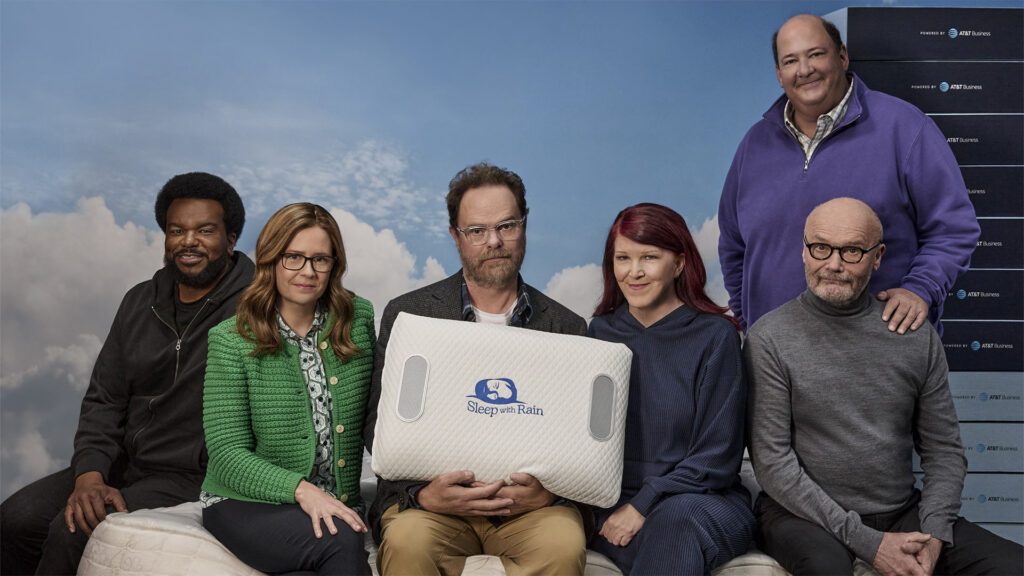“This is a moment to focus on relevance and action, adding real value to society as a whole and to our consumers in ways that are authentic to our brands.”
It’s only been a few weeks since tens of millions of people were ordered to shelter in place due to the spread of COVID-19. Life has quickly changed with everything, including some businesses, coming to a grinding halt.
Everyone faces unknown challenges in this environment, including marketing organizations. The moment has forced most marketers to pivot their positioning and alter their advertising altogether. It also requires a need to constantly reevaluate. The degree and severity of these challenges will vary widely by category–travel, hotels, automotive, retail and restaurants are among those hardest hit so far while Nintendo Switch sales have been soaring as people hunker down. Still, many marketers have realized that they must react quickly and prioritize short-term (in some cases, daily) strategies above other needs.
“The coronavirus crisis is posing unprecedented challenges for marketers,” says Bob Liodice, CEO of the Association of National Advertisers. “Perhaps the most significant challenge is the uncertainty surrounding the duration of the COVID-19 affliction.”
Despite that uncertainty, many marketers have fully pooled their resources to focus on immediate action. Liodice points to Anheuser-Busch InBev’s multifaceted response as one of the better marketer response efforts. He says that A-B InBev, which markets Budweiser, Bud Light and many other brands, is deploying “‘story-doing’ versus ‘storytelling,’” which he says is “one of the most effective and preferred strategies,” as it “empathetically marries the brand with a positive in-home experience for the consumer.”

Marcel Marcondes, CMO of Anheuser-Busch, says, “ We are not in advertising mode.” Indeed, the company has pivoted much of its messaging and operations to provide much-needed products and value for people sheltering in place. The company began making hand sanitizer and sponsoring streaming concerts as more people stayed home. It also diverted the $5 million it usually spends on sports and entertainment marketing to the American Red Cross to support coronavirus-fighting efforts. (Other brands like Tito’s, LVMH, and Dior have also made hand sanitizer to help alleviate shortages.) Accompanying the Red Cross announcement, Budweiser released an ad called “One Team,” which shows healthcare workers and Red Cross volunteers, a teacher reading a book on a livestream and other people impacted by the outbreak.
“As marketers, putting people first must be at the center of everything we do,” says Marcondes. “During these unprecedented times, that’s never been more important. This is a moment to focus on relevance and action, adding real value to society as a whole and to our consumers in ways that are authentic to our brands.”
Short-term Is the Priority
Companies need to focus their priorities on short-term action and generate the ability to respond to anything quickly, Alicia Tillman, CMO of SAP, said during Brand Innovators’ first livecast on April 1. “Do not treat this as business as normal anywhere in your marketing organization today,” she said. She added that marketers need to dig deep to understand what’s happening in their sectors so that they can prioritize the work properly. “Spend time understanding what’s happening, and reprioritize to focus on what’s most relevant and then spend on what’s most important…. Think more short-term versus long-term based on the challenges being presented with this crisis.”
Addressing short-term needs, especially in this uncertainty, is critical. But some marketers recommend not losing sight of the long-term marketing requirements. “Marketers understandably want to be empathetic and contribute to society in the short term,” says Liodice. But that must be balanced with their eventual return to long-term brand and business building, albeit with reduced media budgets. With diminished assets and services, marketers need to remain nimble and creative as they maintain the integrity of their overall businesses.
QSR and Fast-Casual Restaurants Respond Quickly
Chain restaurants and fast-casual brands have pivoted their marketing and adjusted operations to provide delivery or takeout-only services. Like most other marketers, restaurant brands are focused on the immediate response and safety protocols. Panera, for example, is offering takeout, pickup, delivery and drive-thru options; it also implemented an emergency sick pay for employees impacted by the virus, and is providing weekly boxed meals for any of its workers. For customers, the brand is extending expiration dates on Panera rewards points and is also doubling as a grocery store in various markets, offering food staples such as milk, eggs and its bread products.

Scott Nelson, VP-marketing at Panera, said last week during Brand Innovators’ second installment of COVID-19 livecasts, “How Brands are Navigating the Coronavirus Crisis,” that the brand’s main objective is making sure “good clean food is accessible to all.” He added that Panera is leveraging digital and a mobile-first mindset, given its audience is on their phone now more than ever.
Nelson detailed a number of plans the company is looking at, but noted that one recent execution on Instagram was focused on employees that were delivering food. “Telling the stories of our delivery drivers is important to us. They are the food first responders, delivering food to wherever it needs to go. #FromOneNeighborToAnother is about shining a light on the amazing, courageous heroes that are delivering food when no one else is outside.”
Panera is also launching the “The Work from Home Alliance,” in conjunction with Walmart, General Mills, iHeart and GE, which will be an opportunity for marketers to gather, albeit virtually, with leaders at other brands to learn from each other and share notes on best ways to handle the coronavirus responses.
Automakers Rally
From a marketing perspective, though, automakers like Ford, General Motors, FiatChrysler and Toyota have all made swift pivots in their marketing and operations by focusing on coronavirus response campaigns and using their factories and infrastructure to help build ventilators and other critical medical equipment. They are also offering low- or zero-interest loans and deferred payments as the industry braces for a sales slowdown.
For its part, Ford pulled its regular advertising and replaced it with a coronavirus response campaign. The company quickly created the new spots, which are focused on how the company is helping during the outbreak, in a matter of days. One spot’s copy begins with Ford’s history: “For over a hundred years, we’ve been building for this country. When America needed tanks and planes, we built those, too.”
The ad continues: “Last year, through fires, hurricanes and tornadoes, we offered payment relief to over 150,000 of our customers. Now we’re here to lend a hand again.” It continues to let customers know that if they are impacted by COVID-19, Ford Credit is offering financing options.

“We quickly evaluated the messages we had in the marketplace and adapted them to the present needs from our customers and the country, in general. It is important to be reassuring right now,” says Lisa Schoder, head of U.S. Media and Marketing Communications at Ford.
Social Strategy and Retailers
Sabrina Callahan, senior director of brand & social marketing at Sam’s Club, said during the BI Livecast on responses to coronavirus on April 10, “Internally, there’s been a large sense of understanding, flexibility, and support from the team when it comes to working in this new normal. It’s inspiring to see how people step up in the face of adversity. We acknowledge that we’re all doing the best we can given the circumstances, and we’re in this together. At the end of the day, it’s unified our team more than ever in this very authentic and altruistic way.”
She added that the brand’s approach early on was to take a step back to determine what is relevant to its members, and what they want to hear about as the virus continues to enforce lockdown in many areas. Ultimately, Sam’s Club moved away from advertising products on social media and, similar to Panera, moved more toward using creative that features on associates and employees and the jobs they are performing during the crisis.
Economic Effects
We’ve already begun to see the impacts of the virus on the business world at large. Hotel chains, restaurants, retail companies, airlines and many more are all furloughing hundreds if not thousands of employees. The effects will almost certainly be a reduction in overall consumer spending.
But there are some bright spots. Among the consumer goods that have had short-term sales gains are toilet paper brands, disinfectant and other household cleaners and, interestingly, beer brand Corona.
Ravensburger, one of the world’s largest puzzle makers, has also seen sales soar as people shelter in place and share completed puzzles on their social channels. The company’s North American year-over-year sales jumped 370% since mid-March.
Industry Braces for Slowing Ad Spend
Though brands like Instacart and Amazon Prime Video have increased their ad spend on social media, many have pulled back. Twitter pulled its first quarter guidance, noting that the COVID-19 pandemic caused a slowdown in advertising in recent weeks, despite traffic to Twitter remaining strong. Facebook and Google, whose advertising businesses are much bigger than Twitter’s, could lose as much as $44 billion in worldwide ad revenue this year, according to Cowen & Co. analyst estimates. Facebook already said that it has seen a “weakening” in ads business, despite increased traffic on its messaging services.
Overall, Interpublic’s Magna Global said it was reducing its advertising forecast amid the pandemic, now expecting ad spending in the U.S. to decline 2.8% this year to $217 billion. Industries such as travel, restaurants, movie studios, retail and automotive are all expected to significantly pull back spending as their revenue declines. Magna also predicts that the likely bright spots will be home entertainment and ecommerce, given how many people are staying home. On the media side of the equation, national and local TV, radio, outdoor and print are all predicted to have double-digit declines. Overall, it’s a stark change from just a couple months ago. In December, Magna had predicted U.S. ad spending to grow 6.6%.
Much like the messaging, brands are reassessing their media strategy and spending, leading them to need flexible arrangements. “Uncertainties in media are more pronounced than ever right now,” says Schoder of Ford, “and this highlights the need for flexibility versus firm commitments.”
Maureen Morrison is an editorial and marketing consultant for Brand Innovators and is based in San Francisco.




